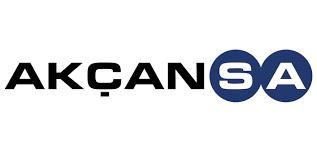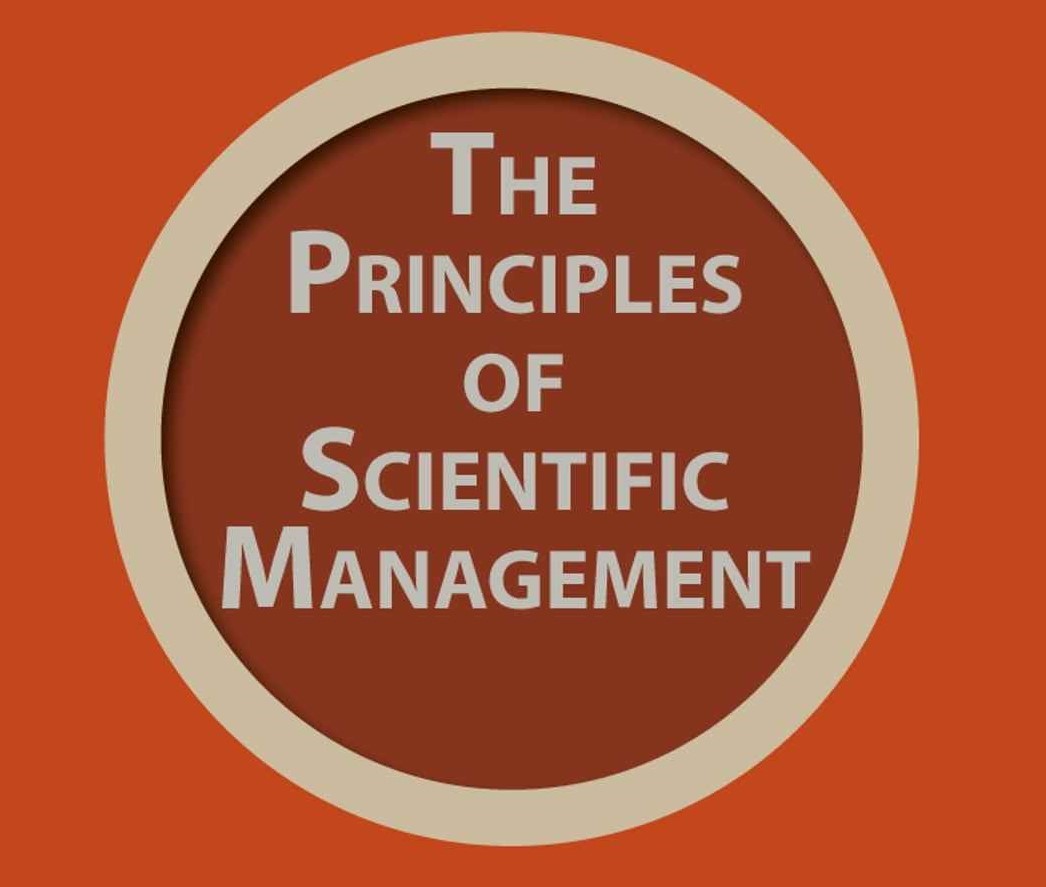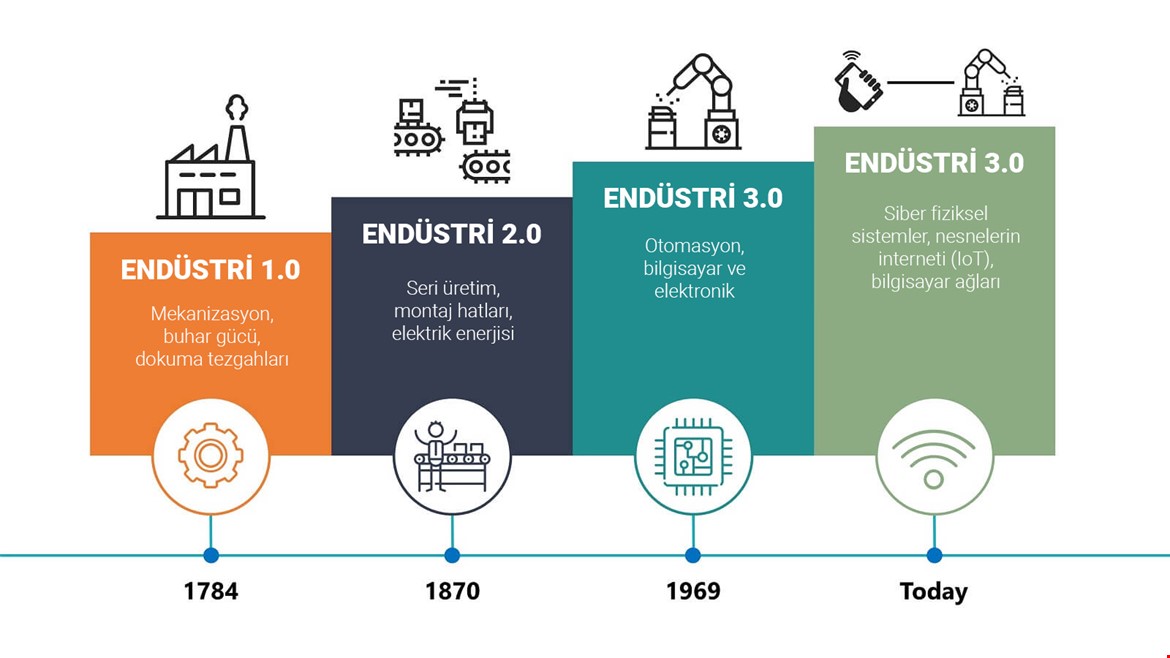09 Mayıs 2013 14493 0 PROCESS ENGINEERING Fonksiyon360
Effectiveness in Process Management and Added-Value Analysis
Organizations exist to ear money, therefore no matter the size organizations aim for meeting demands in profitability, quality, technology and constant improvement.
Organization activities, effective time use will create advantage in competitive environment. When businesses fail to reach perfection in factors such as price/cost, quality, delivery time, safety in delivery, customer services, product design and product image, focusing on one or more of these factor will determine the direction of the competition. For example if a business competes with quality and time factors, it is evalated in terms of delivering the product on time. Time based competition is gaining importnace in business activities. In this competition reducing time in the system, reducing production and delivry time is aimed.
In time based competition strategies as well as shorter production times for new products are aimed also responding the demand simultenaously and safe delivery of current products are important points. Decreasing the costs is an importnat management aim. But it won't be enought in competitive advanrage. Customer do not satisfy with low prices and costs, they also need quality , speed and time demands to be met
Customers care about the time between order and delivery. This time is measured as delivery. In addition to delivery to the customer, decreasing prodution time is also an objective. According to the most broad definition a whole process starts with taking order from the customer and ends when the oder is delivered to the customer. In terms of narrow definirion process acoording to the movement of material in production facility, starts with the production and end when the product is delivered to the storehouse. Generally process consists of many functions and activities in these functions. In businesses analysis should be made if the activity will create an added-value or not.
Value Analyses and Added-Value
To complete business functions, repetitive operations are called as activities in business environment. Activities are divided into two. The ones that create added-value and the one that do not create added-value.
In a broader sence activitiy creating an added-valıe are the activities that increase the value of the product or service that ia offered to customer. On the contrary activities that do not create added-values are increasing the time for production but not the added-value of product and/or service. Activities without added-value are unnecessary activities in terms of customer. These activities that cause cost increase are waste accroding to JIT (FUll-Time Production) and without effecting product/service quality and market value it should be decreased or eliminated.
For activity analysis first processes in the business should be defined. There are functions such as production, distribution, selling, management and other activities in the process.
Value analysis in general sense is to determine which option manufactures better and obtaining necessary unctions in low cost. In this case determining the function and eliminating unnecessary costs are important. Eliminating unnecessary cost should not be understood as decreasing quality, credibility, consumer desire and attractiveness. In value analysis function of the producted, necessity of the function, cost, replacement of a product with sam efunction and the cost o fthis process are tried to be answered.
If we take into accoun the customer and marketing, in addition to fundamental functions of a product providing ease, safety, attracting the user and satisfying the user should also be analysed. All the products and customer should be considered and aestetic funstions which are importnt for the customer should be emphasized.
Value Conceps
Value occurs when realizing expected quality and time with minimum cos possible. Value is not directly related with cost. To state the value of the product, this should be compared with the product that has same performance. Value is a concept which measures the desire of a person to buy or give something.
Value Concept: can defined with statements such as Cost Value, Change Value, Use Value, Effective Value.
Process Effectiveness
Time of activities and procedures in production are the total production time. In production time when certain activities are operational many of these will not make any change on the product. This means activities other than operation do not have added value. Calculating proportional weights in production time results in added value analysis. On the other proportional comparing of all the activities in production time helps obtaining production process efficiency. Production process activity is calculated by dividing added value operation time to total time of all the activities.
- As a result of value analysis of production process efficiency in a production process, if all production process total times and added value process times can be decreases or not quesion is asked, process efficiency and value analysis is made.
- Controlling and decreasing activities without added value in production process time, will be easier compared to time of added value processes in short term. But since the decrease of time in activities with added value can only be obtained with process rehabilitation, this will be included in long term plan.
- Decreasing production time will have positive impact on cost and customer satisfaction generally. Decreasing production time also decreases production batch sizes and brings flexibility. Flexibility is related with answering to customer needs.
- Long production times causes increase in storage, retention and other general production expenses. Decreasing activities without added value will bring a decrease in production cost.
- In addition obtaining production process efficiency and decreasing activities without added value will lead decrease in stocks. This means freeing the money linked to stocks or using them for other activities.
- Decreasing semi products will decrease the need for storage and transportation of these products. Thus general expenses and additional expenses for the future periods will be prevented.
- Short production time will lead to deliver products in a shorter period and therefore increase customer satisfaction.
- With process efficiency these activities without added value will either decrease or eliminated and value and quality will be achieved simultaneously.
- Decreasing storage, transportation and control activities will decrease semi-product stocks.
- When production time increases there will be deviation in supplying material from the supplier and this will cause to purchase more material and decrease business capital effectiveness.
- Short production time means lower stocks, labour and general production costs.
- Analysis of activities that produce added-value will help to organizations to look at time from a different point. Added-value analysis in businesses can be achieved by strategic advantages in parallel with eliminating activities without added-value.
- Production times and losses case decreases in all stock groups.
- Costs decrease, constant investments are used more efficiently.
- Need for capital decreases and customer satisfaction increases.
- Lowering production times will bring together decrease in all stock levels and also decrease in capital and increase in flexibility.
Decrease in capital decreases the need for debt and financial expenses contributing to profitability of the business.










